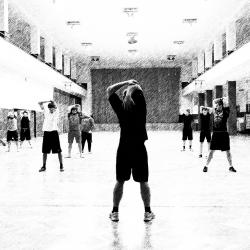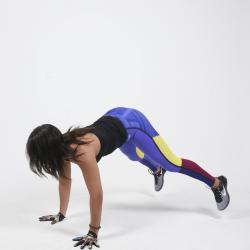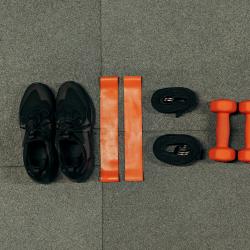The Ultimate Guide to Post-Workout Recovery and Stretching
In the pursuit of fitness goals, individuals often prioritize intense workouts and weightlifting regimes. While these are undoubtedly crucial, the significance of post-workout recovery and stretching is frequently overlooked. Implementing an effective recovery plan not only helps in optimizing performance but also prevents injuries and enhances overall well-being. This ultimate guide delves into the essentials of post-workout recovery and the integral role stretching plays in this process.
Understanding Post-Workout Recovery
Why Recovery Matters
When you push your body to its limits during workouts, particularly intense ones, you create microscopic tears in your muscle fibers. The recovery phase is critical because it is the period during which the body repairs these fibers, making them stronger and more resilient. Skipping proper recovery can lead to overtraining, fatigue, and even injury, thwarting your fitness progress.
Key Components of Recovery
-
Nutrition: Proper nutrition replenishes energy stores and provides the building blocks for muscle repair. A balanced post-workout meal or snack rich in protein and carbohydrates can significantly accelerate recovery.
-
Hydration: Rehydrating after workouts is vital to replace fluids lost through sweat. Water supports every metabolic function and nutrient transfer in the body and has a major impact on recovery.
-
Rest: Quality sleep is a cornerstone of recovery. During deep sleep, the body enters a state of repair, releasing growth hormone which aids in muscle recovery and growth.
-
Active Recovery: Incorporating low-intensity exercises, such as walking, cycling, or swimming, facilitates increased blood flow which can help reduce muscle soreness and remove metabolic waste from the muscles.
The Role of Stretching in Recovery
Benefits of Stretching
Stretching deserves a significant place in any recovery regimen. Here’s why:
-
Improves Flexibility: Regular stretching increases the flexibility of the muscles and joints, which enhances overall performance and decreases the risk of injuries.
-
Reduces Muscle Stiffness: Post-exercise stretching can help in relieving muscle stiffness and tension, leading to a more comfortable recovery phase.
-
Promotes Relaxation: Stretching brings the body into a more relaxed state, reducing stress levels, and often improves mental clarity and focus.
-
Enhances Blood Flow: Dynamic stretching techniques can promote better circulation, delivering oxygen and nutrients to tired muscles, aiding in quicker recovery.
Effective Stretching Techniques
-
Static Stretching: This involves stretching a muscle to its furthest point and holding the position for 15-60 seconds. It's best performed after workouts when the muscles are warm.
-
Dynamic Stretching: This involves performing controlled movements that prepare your muscles, ligaments, and other soft tissues for performance and safety.
-
PNF Stretching (Proprioceptive Neuromuscular Facilitation): A more advanced form that combines stretching with muscle contractions. It requires the help of a partner or professional and can lead to significant flexibility improvements.
-
Foam Rolling (Self-Myofascial Release): A form of stretching that applies pressure to certain parts of the body to help relieve muscle tightness, soreness, and inflammation, and increase joint range of motion.
Creating a Balanced Recovery and Stretching Routine
Tailor to Your Workouts
Consider the intensity and type of your workouts. For heavy lifting sessions, prioritize stretches for the specific muscle groups engaged. For cardio, focus on legs and lower back stretches.
Schedule Regular Stretching Sessions
Incorporate at least 15-30 minutes of stretching into your routine after every workout. Additionally, dedicate one or two days a week specifically for longer stretching or yoga sessions.
Listen to Your Body
Every individual’s body responds differently to physical activity. Pay attention to signs of overtraining or soreness, and modify your recovery and stretching routines to meet your body's needs.
Consider Professional Guidance
Especially if you’re new to exercise or dealing with specific injuries or conditions, consulting with a fitness professional or physical therapist can help develop a personalized recovery plan.
Conclusion
Post-workout recovery and stretching should not just be an afterthought. Embracing these components ensures that you reap the full benefits of your workouts, stays in peak condition, and reduce the likelihood of injury. As you sculpt your fitness journey, remember that true progress is the sum of consistent effort, good nutrition, and mindful recovery. Implementing the practices outlined in this guide will help you achieve lasting results and maintain a healthier, more balanced lifestyle.






















